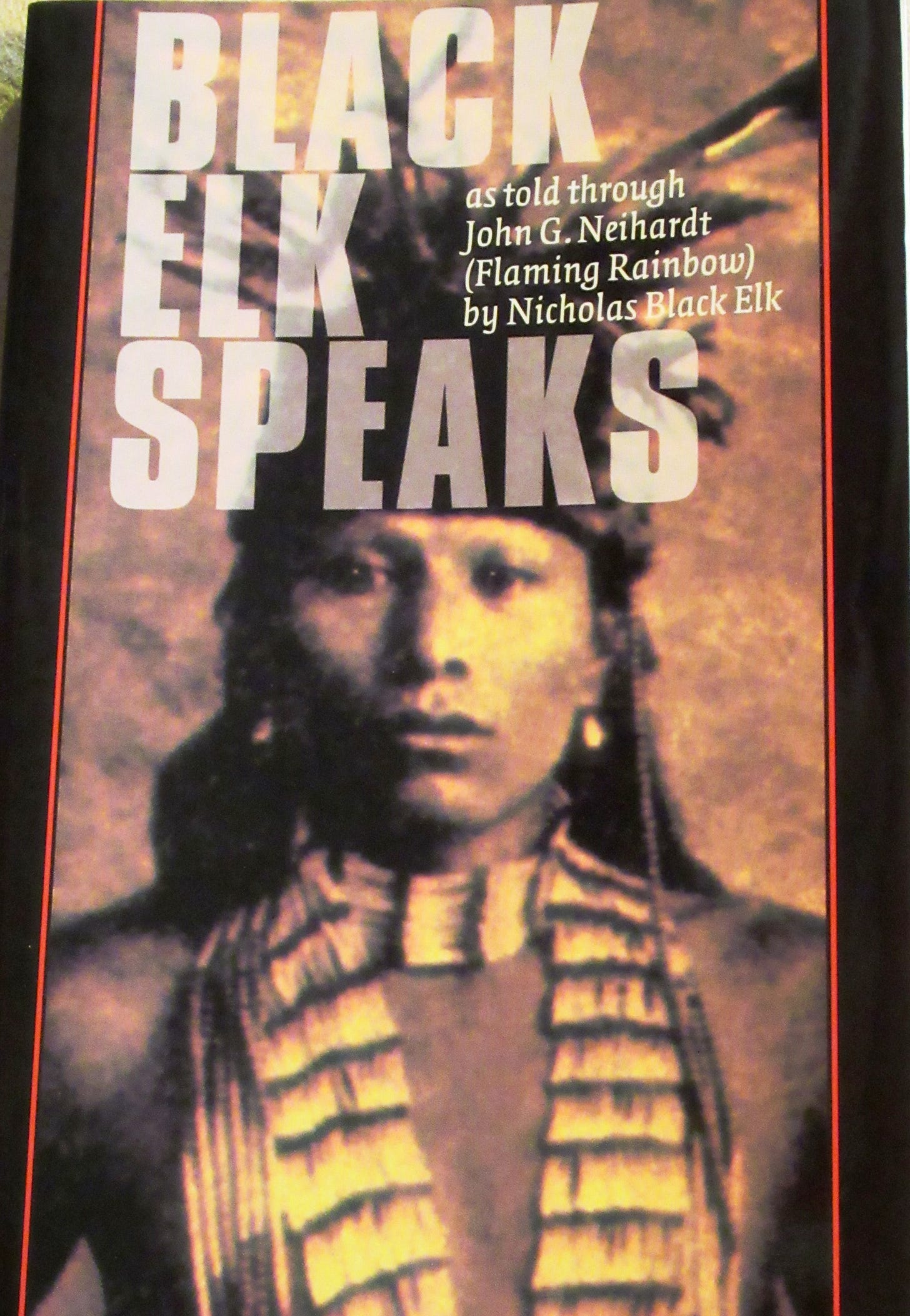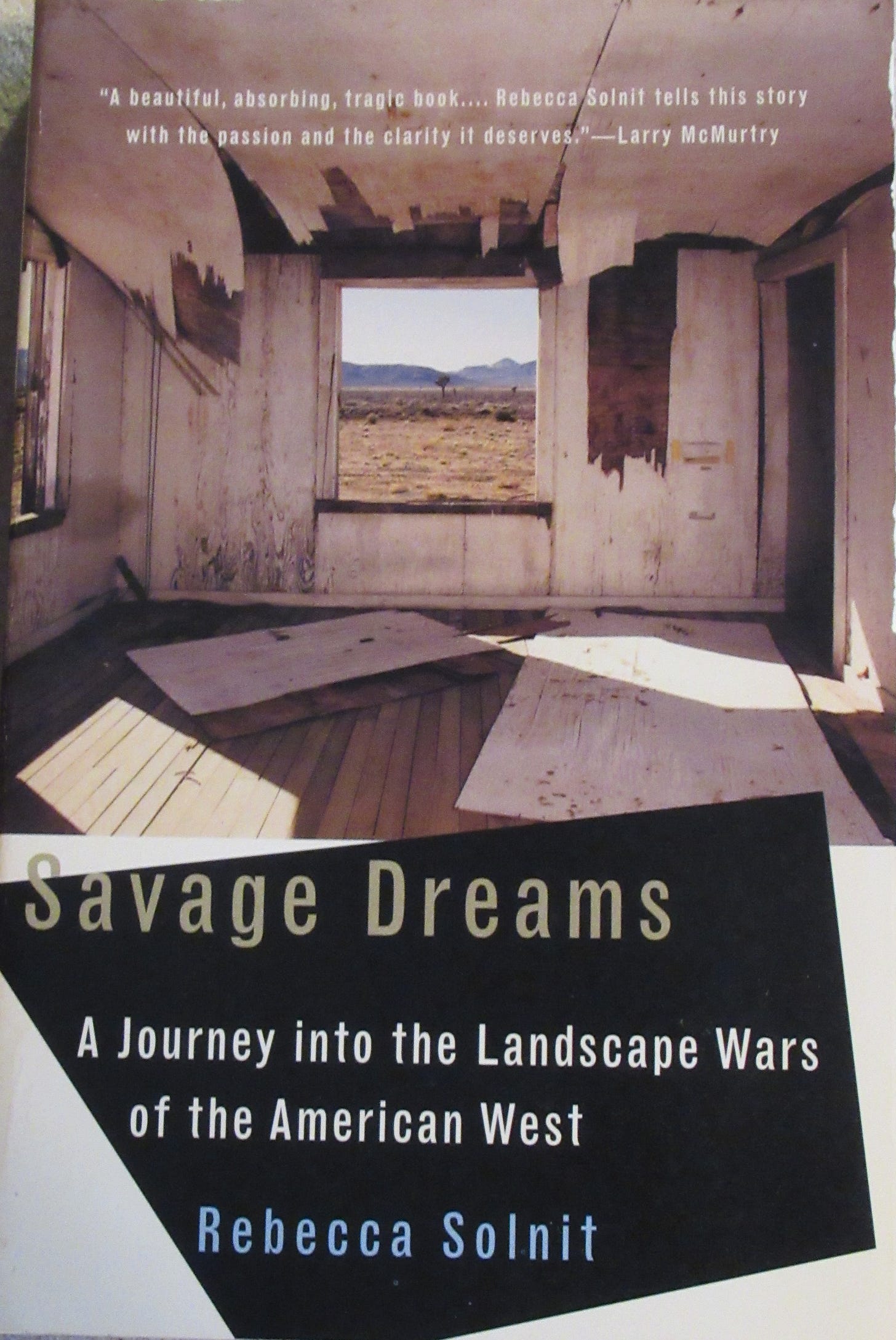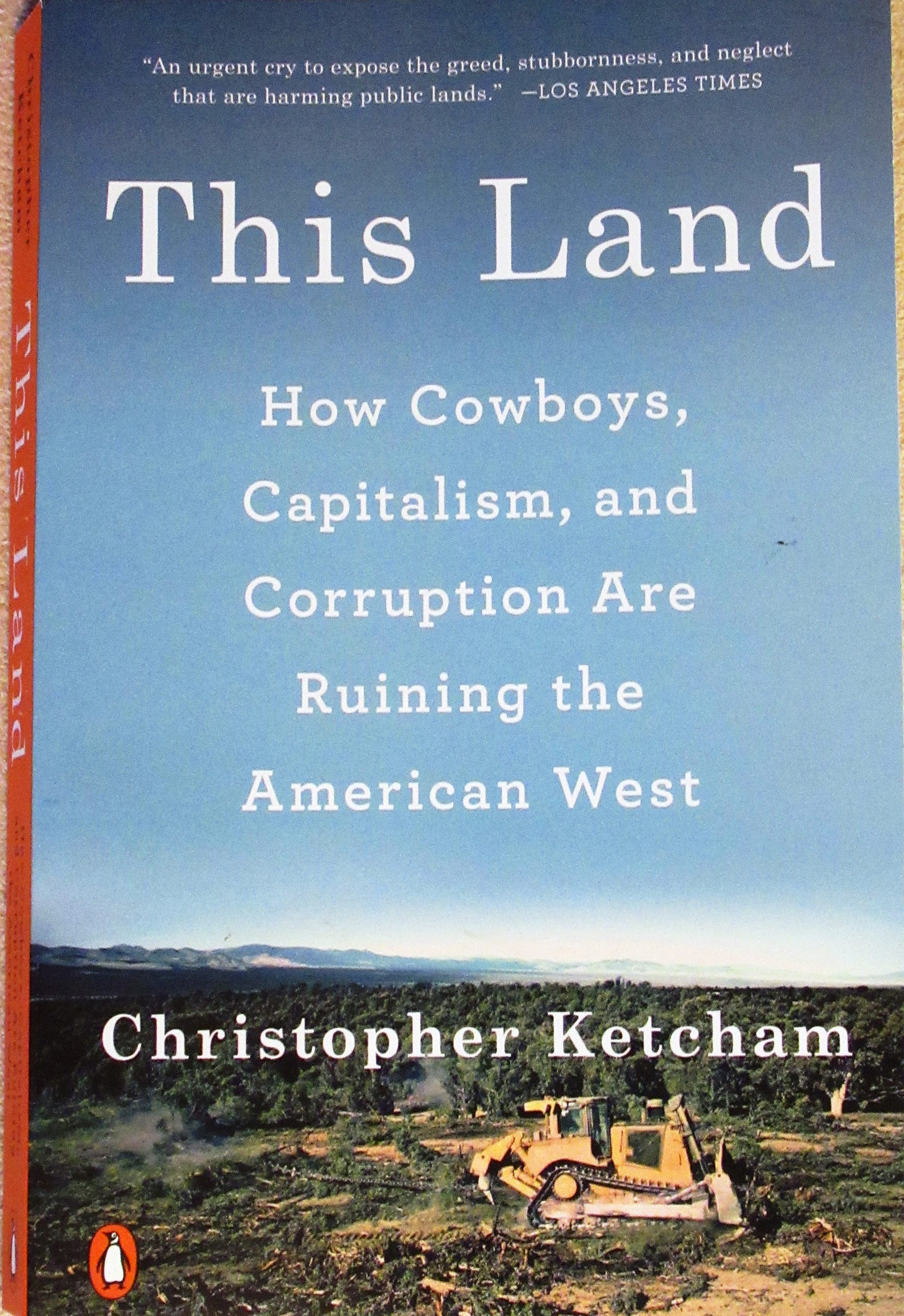I’ve commented here a time or two that the majority of riding we do is on public lands. We are dependent on those lands and land managers, along with our own advocacy, for access to trails. There is no way around it.
I’m reading a book that has upended some things I thought I knew about ranching in the American West, despite that I read up on and teach about the subject every semester. Of course, viewpoints/perspectives vary, which is why I use a stakeholders/case study approach in the classroom. To that end, I thought: mountain bikers should read/learn as much as we can about how public lands have been used, are being used, and are going to be used (planning). Yes, we do all that, but we can always do more.
No doubt, we all won’t agree and the management of millions of acres of land is as complex as it gets. Nevertheless, we have to try and understand as many viewpoints as are out there.
Here’s a list of books to get us started:
Black Elk Speaks, by Nicholas Black Elk. We have to start at the beginning. It is one voice of many indigenous voices and it is one voice that was not silenced, unlike millions of others. It is not possible to understand our public lands without indigenous stories, ethics, cultures, spiritualities, histories.
Wilderness and the American Mind, by Roderick Frazier Nash. It’s a classic, at this point, when studying wilderness and what that has meant through time in the USA. Read, analyzed, debated over in classrooms, town halls, diners, and homes across the country, Nash’s book is a solid starting point for understanding policy.
The Hour of Land and Red: Passion and Patience in the Desert, by Terry Tempest Williams. TTW is one of my favorite writers, if not the one sitting at the top of the list. Her words always offer deep, careful analysis of land that I experience as a kind of meditation while reading her work. The first one is newer, a look at our national parks (a few do allow mountain biking) and the second one (Red) has been around a while now. Take it with you next time you’re in red rock country of the American Southwest.
Billionaire Wilderness, by Justin Farrell. Who gets to play? Where does money flow to when determining if public lands should be privatized and how does that look in real time? Who sets the policy agenda in preserving lands and then influences decisions around who gets to use that land? Set in Jackson, Wyoming, Farrell uncovers a long-known truth (money can be/is/leads to power) in what is now being talked about in local newspapers from Bozeman to Boise and the Sierra Nevada to the Rockies.
Savage Dreams, by Rebecca Solnit. Battles of many kinds on many fronts have occurred on the lands of the American West. Solnit pulls no punches in laying bare the tragedy of those histories, along the way developing a landscape thought process, if you will, and providing a healing process. What do our mountain biker dreams look like when we read her words?
This Land … , by Christopher Ketchum. Ever drive out west and think that what is on the other side of the window looks like a wasteland? There’s probably good reason for that. Data, policy analysis, and narratives are used to expose the historical and emerging truths of our shared rangelands.
That’s it. I’m off my Fully Rigid soap box now! Maybe to better enjoy some of those books, we need a beer. How about one from back east that gets everyone in a fuss when they see it on the shelf? Now doubt it tastes good, if hops are your beer flavor hankering.
Happy reading!











These look like great books! I also recommend “The Ride of the American Conservation Movement” by Dorceta Taylor
https://www.amazon.com/Rise-American-Conservation-Movement-Environmental/dp/0822361981/ref=asc_df_0822361981/?tag=hyprod-20&linkCode=df0&hvadid=312106851030&hvpos=&hvnetw=g&hvrand=8994447410476183065&hvpone=&hvptwo=&hvqmt=&hvdev=m&hvdvcmdl=&hvlocint=&hvlocphy=9031259&hvtargid=pla-567361584142&psc=1